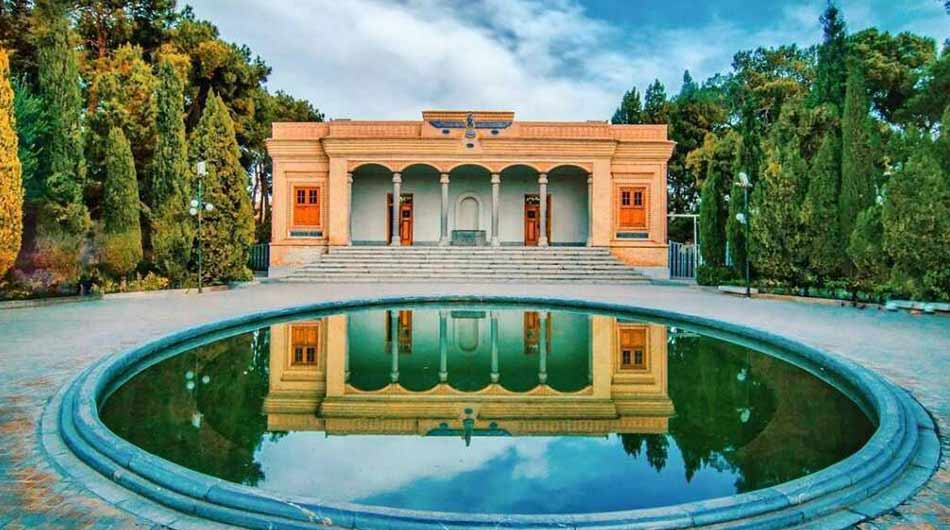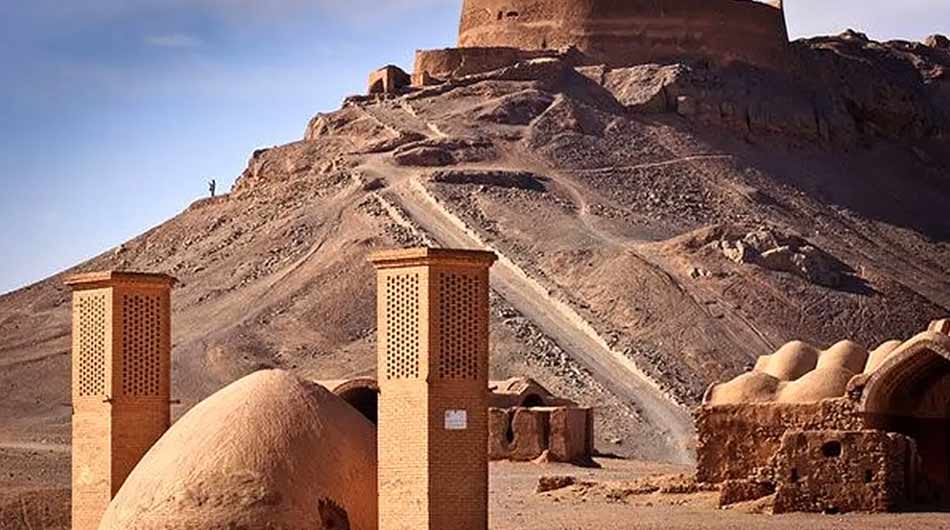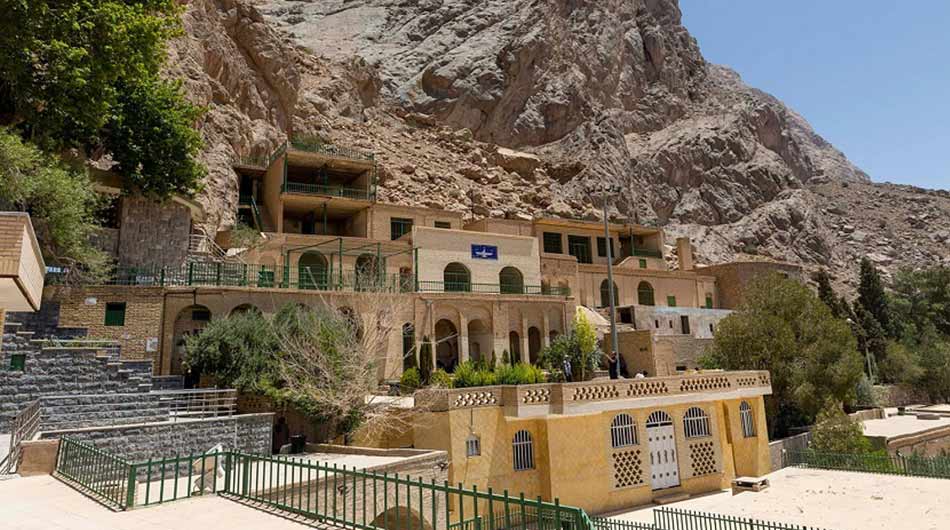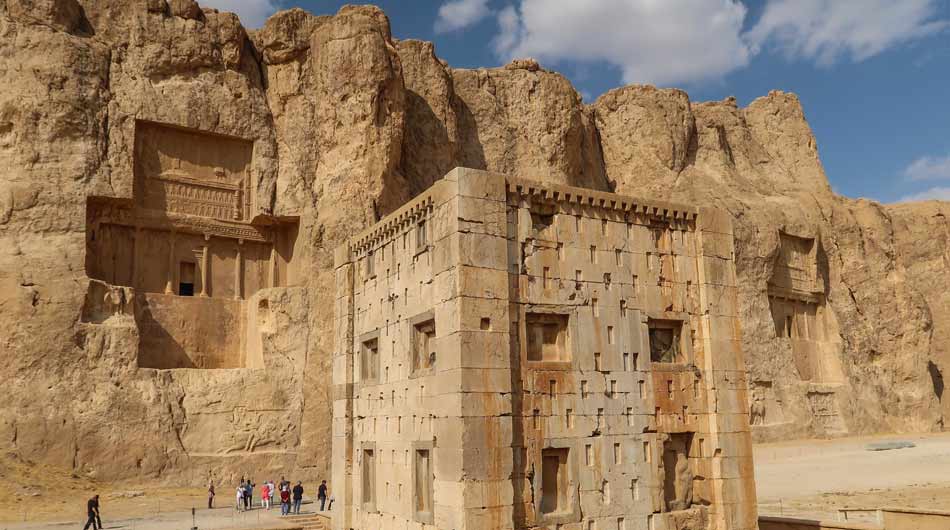Iran’s Ancient Zoroastrian Sites and History
Iran’s Zoroastrian sites are more than ancient ruins; they are living legacies of a faith that shaped Persian civilization and impacted global spiritual traditions. From the majestic Towers of Silence to the peaceful fire temples of Yazd and Kerman, each site tells a story of resilience, spirituality, and harmony with nature. Whether you are drawn to Iran’s ancient history, religious heritage, or architectural wonders, visiting Iran’s Zoroastrian sites promises a journey of discovery and inspiration.
Iran, often recognized for its rich Persian heritage and Islamic culture, is also the birthplace of one of the world’s oldest religions: Zoroastrianism. Originating over 3,500 years ago, Zoroastrianism profoundly influenced religious thought, ethics, and philosophy, contributing to Iran’s cultural and spiritual legacy. This ancient faith, centered around the teachings of the prophet Zoroaster (or Zarathustra), emphasizes dualism—the constant struggle between good and evil, light and darkness. Though the religion now has a small following, the remnants of Zoroastrianism are vividly preserved across Iran, in temples, towers, and sacred sites. This article explores the historical significance of Zoroastrianism and introduces some of Iran’s most iconic Zoroastrian sites.
A Glimpse into Zoroastrian Beliefs and History
The roots of Zoroastrianism trace back to ancient Persia, where it emerged as the dominant religion under the Achaemenid Empire (550–330 BCE) and later flourished through the Parthian and Sassanid empires. Zoroaster taught that life is a continuous struggle between Ahura Mazda, the god of light and wisdom, and Ahriman, the spirit of chaos and darkness. Zoroastrians are committed to living in harmony with nature, promoting righteousness, and rejecting falsehood. Zoroastrianism’s ethical principles profoundly impacted other major religions, including Judaism, Christianity, and Islam.
After the Arab conquest of Persia in the 7th century, Islam became the dominant religion, leading to the decline of Zoroastrianism. However, the Zoroastrian community persisted, preserving sacred texts, temples, and customs. Today, Yazd and Kerman remain the centers of Zoroastrian life in Iran, housing many ancient sites that testify to the religion’s resilience and legacy.
Top Zoroastrian Sites in Iran
- The Fire Temple of Yazd (Atash Behram)
Located in the heart of Yazd, the Atash Behram Fire Temple is one of the most revered Zoroastrian temples in Iran. Built in 1934, it houses an eternal flame believed to have been burning for over 1,500 years. This sacred fire, symbolizing purity and divine wisdom, is central to Zoroastrian worship, and only Zoroastrian priests, known as Mobeds, maintain it. Visitors are welcome to observe the flame through a glass window, offering a rare opportunity to experience this ancient symbol of spirituality and purity.
The temple’s architecture is also significant, reflecting Persian aesthetics with a simplicity that contrasts beautifully against the arid backdrop of Yazd. Engravings of Ahura Mazda and inscriptions in the Avestan language adorn the temple, paying homage to the prophet Zoroaster’s teachings.
- The Towers of Silence (Dakhmeh)
Just outside Yazd lies one of the most mysterious and intriguing Zoroastrian sites: the Towers of Silence. Known as “dakhmeh” in Persian, these towering circular structures were used as burial sites where the dead were left in the open to be purified by sunlight and vultures, in accordance with Zoroastrian beliefs. Zoroastrians believe in keeping earth, fire, and water pure, and thus avoided burying or cremating the dead, which they viewed as contaminating the natural elements.
Although this burial practice ceased in Iran by the mid-20th century, the Towers of Silence still stand as a solemn testament to Zoroastrianism’s respect for nature. The site, set against the desolate landscape, provides an eerie yet powerful atmosphere, allowing visitors a profound glimpse into an ancient spiritual tradition.
- Chak Chak: The Sacred Mountain Shrine
Perched on a mountain cliff about 70 kilometers from Yazd, Chak Chak is the most significant pilgrimage site for Zoroastrians. This small, secluded temple holds a powerful place in Zoroastrian legend: it is said to be where Nikbanou, the daughter of the last Sassanian king, took refuge during the Arab invasion. As her enemies closed in, she prayed for divine intervention, and miraculously, the mountain opened up to shelter her.
Today, pilgrims visit Chak Chak to honor Nikbanou’s legacy. The shrine is adorned with dripping springs symbolizing tears, and its interior is simple, with metal gates and lanterns. Pilgrims and visitors experience a remarkable feeling of solitude, spirituality, and reverence, enhanced by the rugged terrain and spectacular mountain views.
- Kerman’s Zoroastrian Fire Temple and Museum
The Zoroastrian Fire Temple in Kerman, known locally as “Atashkadeh,” serves as a vibrant cultural hub for the local Zoroastrian community. While smaller than the temple in Yazd, it holds a significant role, with a continuously burning sacred fire and facilities for prayer, gatherings, and Zoroastrian ceremonies. The nearby Zoroastrian Museum houses artifacts, manuscripts, and displays that document the history and beliefs of Zoroastrianism, helping to educate visitors on the tradition and practices of the faith.
The museum’s exhibits include ancient clothing, religious objects, and photographs that preserve the memories of Zoroastrian life in Kerman and surrounding areas. Together, the temple and museum offer a comprehensive view of the Zoroastrian way of life, particularly valuable for those seeking deeper insight into the religion.
- Naqsh-e Rustam: Royal Zoroastrian Tombs
Located near the ancient city of Persepolis, Naqsh-e Rustam is a necropolis that houses the tombs of Achaemenid kings, including Darius the Great. Though not exclusively a Zoroastrian site, it holds great importance in Zoroastrian history, as it reflects the grandeur of the Achaemenid Empire, which embraced Zoroastrianism as its official religion.
The towering rock-cut tombs are adorned with intricate carvings, inscriptions, and depictions of Ahura Mazda, symbolizing the Zoroastrian worldview that guided the empire. The site also contains a unique fire altar, believed to have been used for Zoroastrian rituals, making it a significant archaeological and religious landmark.
The Legacy and Influence of Zoroastrianism in Modern Iran
Though Zoroastrianism is practiced by a small minority in Iran today, its influence is felt throughout the country’s cultural heritage. Many Iranian festivals, such as Nowruz (the Persian New Year) and Mehregan, originate from Zoroastrian traditions celebrating natural cycles, community, and renewal. Nowruz, for instance, symbolizes the triumph of light over darkness and is celebrated by Iranians of all faiths, preserving Zoroastrian ideals of hope and renewal.
Zoroastrian ethics, particularly the values of truthfulness, respect for nature, and the pursuit of good thoughts, good words, and good deeds, remain integral to Iranian cultural identity. Modern Zoroastrian communities, although small, contribute to preserving Iran’s ancient traditions and welcoming tourists who come to learn about their enduring faith.
Visiting Iran’s Zoroastrian Sites: Practical Tips
- Seasonal Considerations: Spring (March to May) and autumn (September to November) are ideal times to visit, as the weather is pleasant for exploring sites in Yazd, Kerman, and Persepolis.
- Respect Local Customs: Zoroastrian sites are places of reverence. Be respectful by following local customs, including modest clothing, and ask permission before photographing sensitive areas.
- Guided Tours: For a deeper understanding, consider hiring a guide with knowledge of Zoroastrian history, as they can provide valuable context and insights.
Tags:Adventure holidays, Best time to travel to iran, best tour operator iran, Chak Chak: The Sacred Mountain Shrine, Cultural Etiquette in Iran, Cultural sites of Iran, Economy of Travel, Holiday in Iran, Iran Architectural, iran attractions, Iran country, Iran Culture, iran destinations, Iran enriching experience, Iran sightseeing tours, iran Solo trip, iran tour, Iran tour packages, iran tourist attractions, Iran travel agency, iran travel expenses, Iran Travel Guide, Iran Travel Tips, Iran's Coastal Paradise, Iranian culture, Iranian Hospitality, iranparadise, Iran’s Zoroastrian, Kerman’s Zoroastrian Fire Temple, must-visit Iran, Naqsh-e Rustam, persia tour, Surfing In Iran, The Fire Temple of Yazd, The Towers of Silence, top tourist destinations, travel to iran, Traveling to Iran, travelling to iran, trip to iran, vacation packages, visit iran






